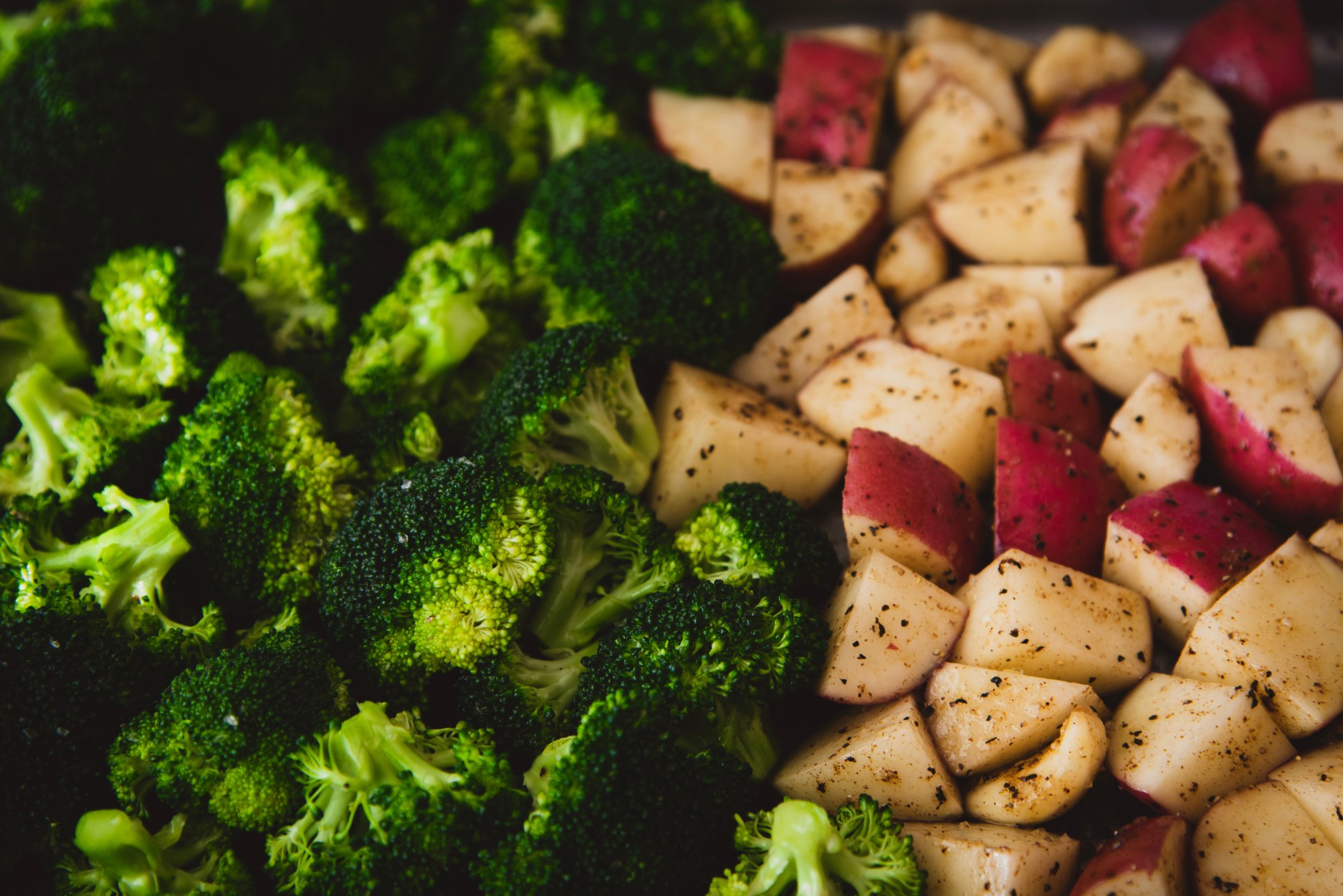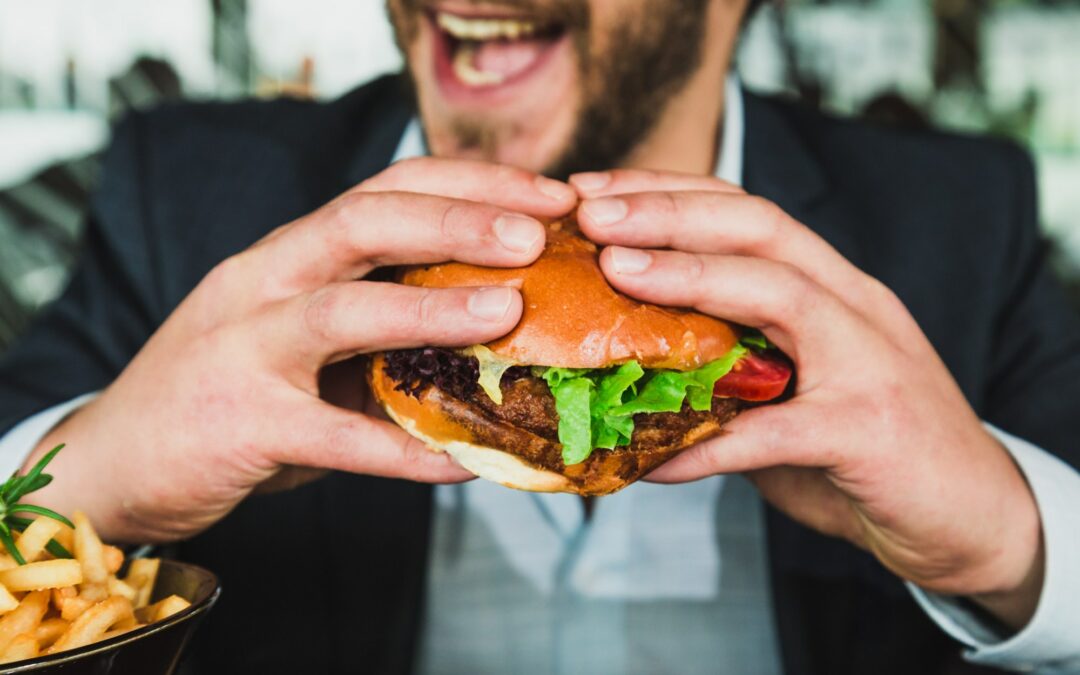Whether you’re just trying to hold the line and not gain weight or training for a winter half-marathon, you are in luck. Enjoying the holidays while sticking to your weight and training goals is possible by following two guidelines you may not have considered.
First Guideline: Intermittent fasting.
Simplified, intermittent fasting is based on the theory that depriving your body of food for a significant number of hours (10 – 16, ideally) through voluntary and involuntary fasting (sleeping), will allow your body to burn more fat calories.
Question: How many hours of not eating can you tack on before bed and after you wake up? If you are average, you sleep about seven hours a night. Can you finish dinner by 6 p.m. and not eat again before bedtime? That might be hard on the weekends, when holiday parties are on the calendar, but how about five nights a week?

As for mornings, if you are starving as soon as your feet hit the floor, adjust your a.m. routine to keep you out of the kitchen for at least an hour. Try showering, dressing, checking email or social media, and throwing a load of laundry in before you eat. Coffee doesn’t count in intermittent fasting (avoid sugar and dairy if you can).
If you aren’t someone who is immediately hungry first thing in the morning, don’t eat just because the rest of the family is. Extend your first meal of the day for at least two hours. That might mean eating fruit and a granola bar on the way to work instead of at home. The goal of designing an intermittent fasting schedule is aligning it with the habits you can’t change and adjusting those you can, to get to that 10 – 16-hour range. Now, do the math: What does that new window of “not eating” look like?

Second guideline: “Yes” and “No” Days.
That’s right, you need to choose which way you’re going to go during the workweek and on your days off. “Yes” days: If you hit the party circuit on the weekends, go into your events with at least a little more awareness of what you are putting in your mouth and know which way your’re going to go when you walk in the door. Bacon-wrapped, bite-size sausages? No. Grilled teriyaki chicken skewers? Yes!
“No” Days: Simply put, make healthy choices during your workweek. You’d be surprised what five healthy days of eating will allow you to do for those two days you have office luncheons or holiday parties to attend. If you’re an organizing pro, create a shelf in your pantry for weeking eating: whole grain pasta, dried beans, brown rice, healthy marinara sauces without added sugar or fat, etc. In other words, no already-prepared foods or overly processed items.
Fill up your refrigerator’s vegetable drawers with the rainbow: bell peppers, carrots, broccoli, spinach. A sheet pan, a little olive oil and spices and bite size veggies is super quick and easy on a busy weeknight. Roast them hot and fast and in 15 minutes you’ll have a healthy side dish. Keep non-fat Greek yogurt in the fridge for mornings and don’t forget eggs: high in protein and low in fat, as long as you don’t add a bunch of butter and cheese.

Follow these tips and I promise you will have a better chance of getting through the holidays with your favorite jeans waiting for you on the other side.

